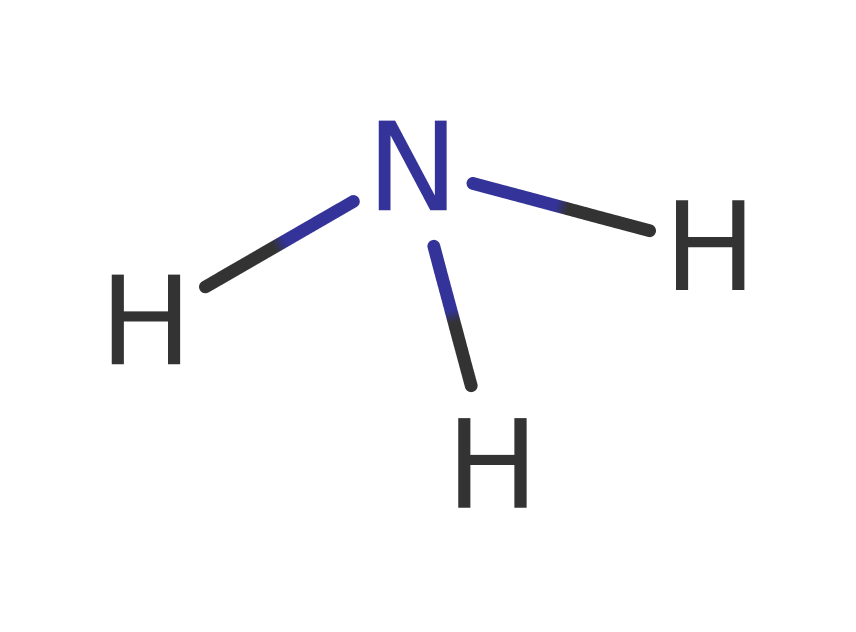Cystathionine beta-lyase
Cystathionine beta-lyase is a member of the gamma family of PLP dependent enzymes, and cleaves C(beta)-S bonds in a variety of substrates. The enzyme is important in plant and microbial biosynthesis of methionine, catalysing the cleavage of L-cystathionine to L-homocysteine, pyruvate and ammonia.
The enzyme cleaves a carbon-sulfur bond, releasing L-homocysteine and an unstable enamine product that tautomerises to an imine form, which undergoes a hydrolytic deamination to form pyruvate and ammonia. The latter reaction can occur spontaneously. The enzyme from some sources also acts on L-cystine, forming pyruvate, ammonia and cysteine persulfide, and a number of related compounds.
Reference Protein and Structure
- Sequence
-
P06721
 (4.4.1.13, 4.4.1.28)
(4.4.1.13, 4.4.1.28)
 (Sequence Homologues)
(PDB Homologues)
(Sequence Homologues)
(PDB Homologues)
- Biological species
-
Escherichia coli K-12 (Bacteria)

- PDB
-
1cl1
- CYSTATHIONINE BETA-LYASE (CBL) FROM ESCHERICHIA COLI
(1.83 Å)



- Catalytic CATH Domains
-
3.40.640.10
 (see all for 1cl1)
(see all for 1cl1)
- Cofactors
- Pyridoxal 5'-phosphate(2-) (1)
Enzyme Reaction (EC:4.4.1.8)
Enzyme Mechanism
Introduction
Transaldimation of the substrate, forming a Schiff base with the PLP cofactor follows from the deprotonation of C(alpha) by Tyr111. This external aldimine has the alpha-carboxylate and sulphur atom aligned for proton transfer from the alpha-carbon to the epsilon-N of Lys210. In C-S bond cleavage, Lys210 abstracts the alpha-C proton, forming a quinoid intermediate. The residue's positive charge attracts the anionic phosphate of the coenzyme, aligning Lys210 to donate a proton to the gamma sulphur. Elimination of homocysteine generates the PLP derivative of aminoacrylate, which having accepting a proton from Tyr111 is converted to iminopropionate. This product is hydrolysed to pyruvate and ammonia outside of the enzyme.
Catalytic Residues Roles
| UniProt | PDB* (1cl1) | ||
| Tyr111 | Tyr111A | The residue acts as a base towards the substrate, leading to the formation of the external aldimine. Its pKa is modified through hydrogen bonding interactions with Arg 58. The residue is also thought to stabilise the quinoid intermediate through pi stacking interactions. Although more recent mutagenesis has suggested that teh residue may not act as a general acid/base. | proton shuttle (general acid/base), electrostatic stabiliser |
| Lys210 (ptm) | Llp210A (ptm) | This lysine starts the reaction covalently bound to the PLP cofactor. It also acts as a general acid/base during the reaction. | covalent catalysis, proton shuttle (general acid/base) |
| Asp185 | Asp185A | Acts to stabilise the PLP nitrogen that acts as an electron sink. | electrostatic stabiliser |
| Arg58 | Arg58A(AA) | Acts to increase the nucleophilicity of Tyr111. | increase nucleophilicity |
Chemical Components
References
- Clausen T et al. (1996), J Mol Biol, 262, 202-224. Crystal Structure of the Pyridoxal-5′-phosphate Dependent Cystathionine β-lyase fromEscherichia coliat 1.83 Å. DOI:10.1006/jmbi.1996.0508. PMID:8831789.
- Soo VW et al. (2016), J Biol Chem, 291, 19873-19887. Mechanistic and Evolutionary Insights from the Reciprocal Promiscuity of Two Pyridoxal Phosphate-dependent Enzymes. DOI:10.1074/jbc.m116.739557. PMID:27474741.
- Astegno A et al. (2015), Proteins, 83, 78-90. Role of active-site residues Tyr55 and Tyr114 in catalysis and substrate specificity ofCorynebacterium diphtheriaeC-S lyase. DOI:10.1002/prot.24707. PMID:25354840.
- Lodha PH et al. (2011), Biochemistry, 50, 9876-9885. Characterization of the Side-Chain Hydroxyl Moieties of Residues Y56, Y111, Y238, Y338, and S339 as Determinants of Specificity inE. coliCystathionine β-Lyase. DOI:10.1021/bi201090n. PMID:21958132.
- Lodha PH et al. (2010), Protein Sci, 19, 383-391. Characterization of site-directed mutants of residues R58, R59, D116, W340 and R372 in the active site ofE. colicystathionine β-lyase. DOI:10.1002/pro.308. PMID:20014435.
- Ejim LJ et al. (2007), J Med Chem, 50, 755-764. Inhibitors of Bacterial Cystathionine β-Lyase: Leads for New Antimicrobial Agents and Probes of Enzyme Structure and Function. DOI:10.1021/jm061132r. PMID:17300162.
- Messerschmidt A et al. (2003), Biol Chem, 384, 373-386. Determinants of Enzymatic Specificity in the Cys-Met-Metabolism PLP-Dependent Enzyme Family: Crystal Structure of Cystathionine γ-Lyase from Yeast and Intrafamiliar Structure Comparison. DOI:10.1515/bc.2003.043. PMID:12715888.
- Clausen T et al. (1997), Biochemistry, 36, 12633-12643. Slow-Binding Inhibition ofEscherichia coliCystathionine β-Lyase byl-Aminoethoxyvinylglycine: A Kinetic and X-ray Study‡. DOI:10.1021/bi970630m. PMID:9376370.
Catalytic Residues Roles
| Residue | Roles |
|---|---|
| Tyr111A | electrostatic stabiliser, proton shuttle (general acid/base) |
| Llp210A (ptm) | covalent catalysis, proton shuttle (general acid/base) |
| Asp185A | electrostatic stabiliser |
| Arg58A(AA) | increase nucleophilicity |





